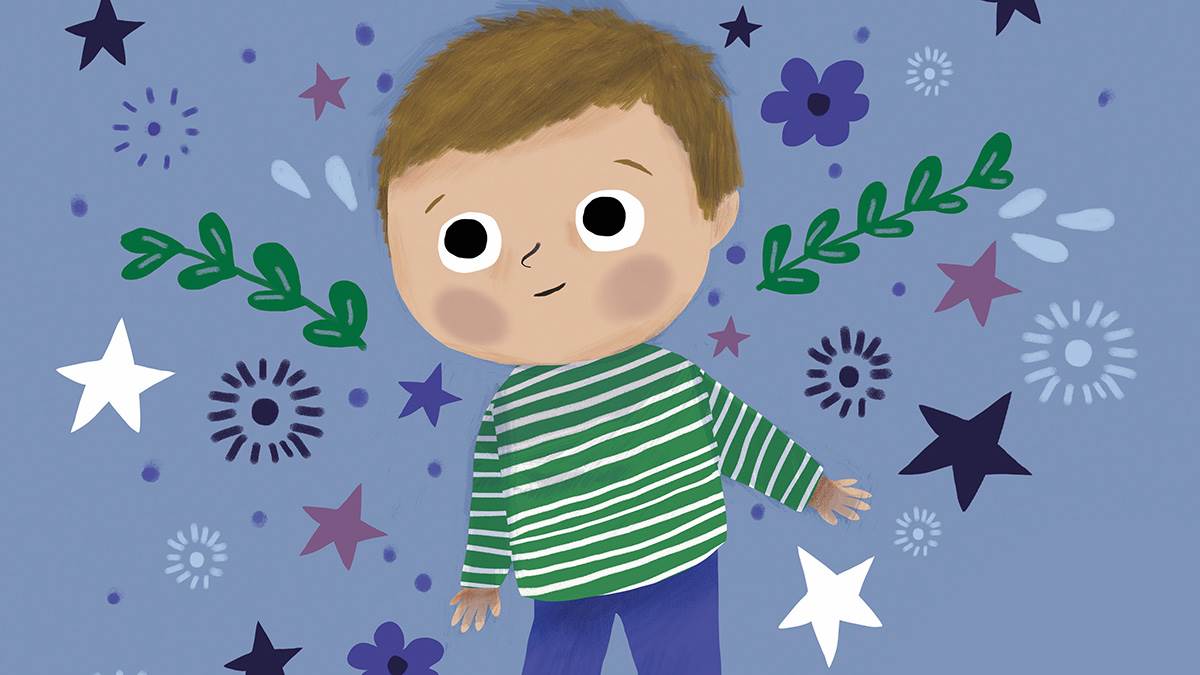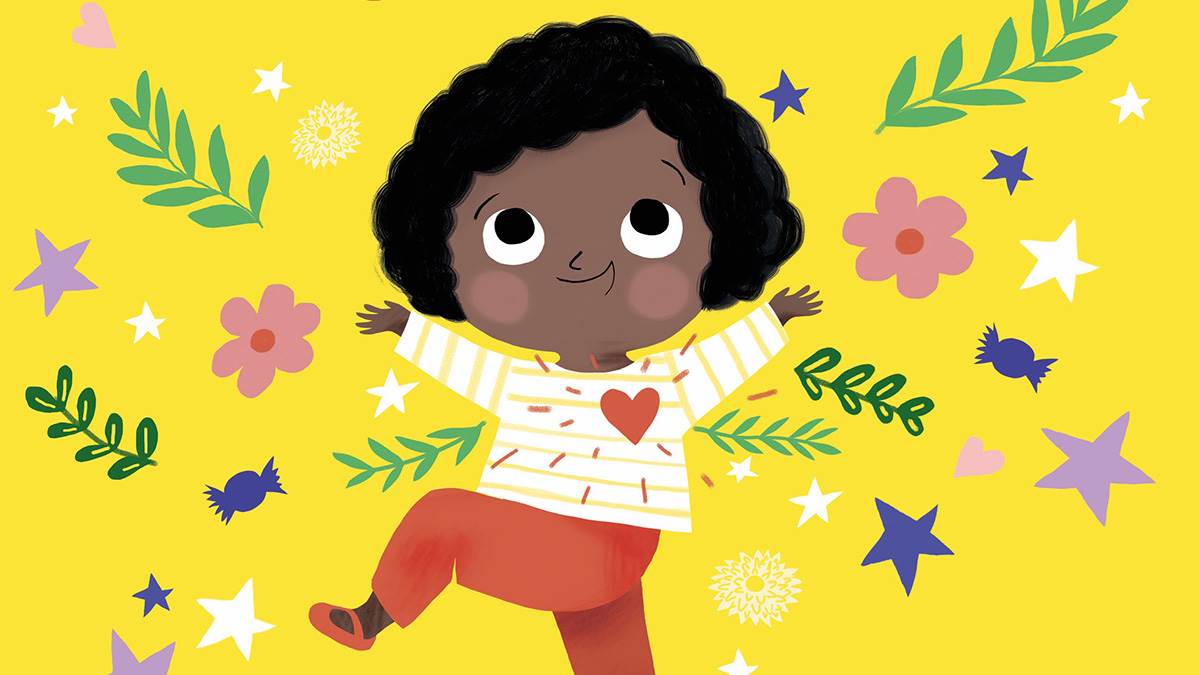How to use emotion coaching to help little ones with their worries
Published on: 08 July 2020 Author: Dr Janet Rose
Dr Janet Rose, founder of Emotion Coaching UK, has endorsed Campbell Books' new series Little Big Feelings, which aims to help little ones recognise and manage difficult feelings.
Here, with many children's anxieties currently heightened, she offers some advice on dealing with extra worries and explains how sharing a little kindness can help too...
 Illustration by Marie Paruit
Illustration by Marie Paruit
With many young children not attending school or returning to a very different environment, parents are faced with the new challenge of helping them to juggle their emotions and worries without some of the support of their friends and teachers.
Perhaps your child is not able to go out and see their friends, or maybe they are much more anxious than usual, and consequently you have seen more behavioural problems than before. It can be difficult to know how to approach these concerns, especially when parents must also cope with their own emotions and workload.
However, there are several ways that we can help children to explore and understand their anxieties and learn to regulate them and their behaviour in a helpful way. This is what Campbell's Sometimes I Am Worried aims to do, demystifying the concept of being worried to children and providing tips for parents to help them on this journey.
In a socially distanced context, it is more important than ever to approach difficult situations in a way that helps children build resilience and the ability to manage their fears, particularly when their frustrations spill over into challenging behaviour.
Research shows that using emotion coaching helps parents to address children's emotions and their disruptive behaviour more effectively. Your child's behaviour is a form of communication, and a way of them expressing how they feel.
Sometimes it can feel instinctive to try and reason with them through logic. However, when we feel scared or overwhelmed, our brains move more into a fight/flight mode, where emotion is king and rational engagement is far more difficult.
When a child is dysregulated, there are steps that you can take to help them to gain more control over how they feel, which will then allow them to think more logically and understand more readily the limits that you may set.
Two steps to help children with their emotions
Emotion coaching is essentially comprised of two elements – empathy and guidance. When we can see that a child is distressed, we can empathise with them: 'I can see that you are feeling worried right now. Sometimes I feel worried, too.'
By recognising, validating and labelling emotions, we can help children to see an abstract feeling as something that they can understand and regulate. We can also help them to feel seen, understood and supported, which can calm them down to an extent where they are able to be more receptive to problem solving.
Once your child feels calmer, there is the opportunity to talk with them about their emotions, how they feel physically, and what they might be able to do next time to help keep them regulated. You can still make it clear which behaviours are unacceptable and even apply consequences for their actions where appropriate, but it is important to ensure that you talk about morals and acceptable behaviour when they are feeling calm.
An empathic response can be a powerful way to soothe children and enable them to be more receptive to reasoning. You may feel that you are validating poor behaviour but remember that you are only empathising with the feeling, not the behaviour.
Once you have established what your child is feeling, you can them guide them in developing different and less disruptive means of expressing that emotion in the future.
Building empathy for others
 Illustration by Marie Paruit
Illustration by Marie Paruit
Emotion coaching your child can not only help them to regulate their own emotions, but it also teaches them empathy for others. Once they can recognise the moments when they feel angry or scared or worried themselves, they can begin to understand how others might feel as well.
At the moment, there are many emotions that all children are likely to be feeling which could provide a space for you and your child to explore empathy. Asking your child what they think their friends are worried about will help build a more empathic character.
You might like to think about ways that your child can show kindness whilst social distancing, such as telling their friend what they like about them or what positive emotions playing with them makes them feel. Perhaps they could draw a picture of them playing together as a gift to show them on a video call, and then ask them how being kind to them makes them feel.
This links to Campbell's I Like To Be Kind book, which explores ways of encouraging children to be kind. The current situation is also a wonderful opportunity for you to focus on the way it has really shone a light on people helping others. You can explore all the ways Key Workers have helped others and perhaps involve your child in volunteering work.
And don't forget that doing emotion coaching with your child models empathic behaviour - children see, children do! Encouraging kindness and empathy will help your child to strengthen their relationships and build a stronger sense of security and continuity, especially if they are facing the challenge of transitioning back to school or nursery.
They may be returning to an environment that is different from what they remember, with new rules and routines in place. You can use emotion coaching to soothe their fears and talk through ways to help them come to terms with the 'new normal'.
Sometimes I Am Worried and I Like To Be Kind are the first two books in the Little Big Feelings series, published by Campbell on July 23.






Add a comment